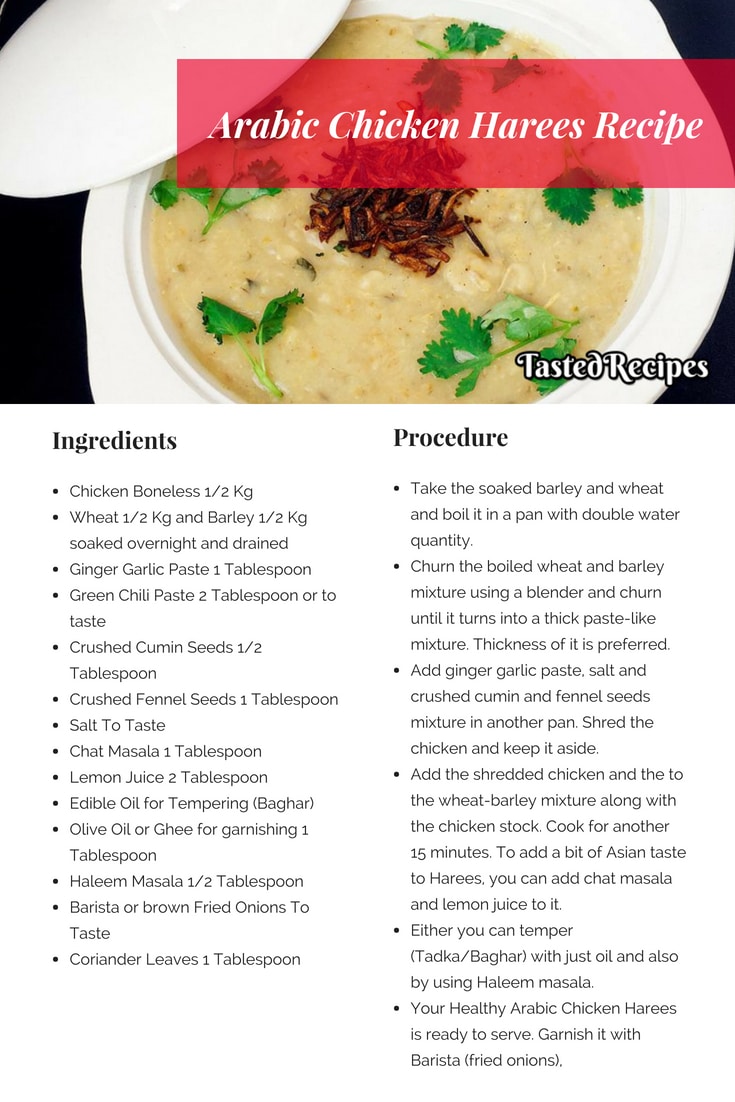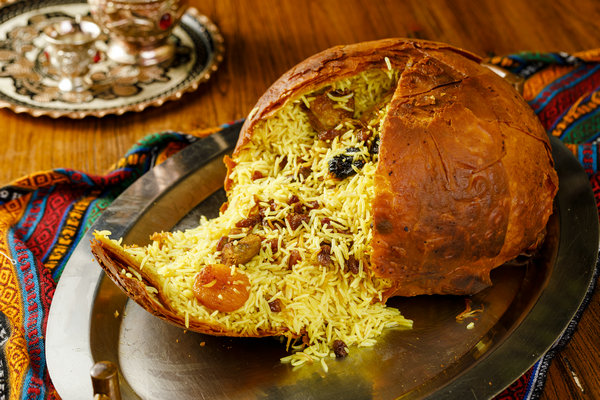"Delicious and Traditional Rosh Hashanah Recipes to Celebrate the Jewish New Year"
#### Introduction to Rosh Hashanah RecipesRosh Hashanah, the Jewish New Year, is a time for reflection, renewal, and celebration. It is a festive occasion m……
#### Introduction to Rosh Hashanah Recipes
Rosh Hashanah, the Jewish New Year, is a time for reflection, renewal, and celebration. It is a festive occasion marked by various traditions, including the sharing of special meals with family and friends. Central to these celebrations are the delectable dishes known as Rosh Hashanah recipes, which embody the spirit of the holiday. These recipes often feature symbolic ingredients that represent wishes for a sweet and fruitful year ahead.
#### Sweet Dishes for a Sweet New Year
One of the most iconic aspects of Rosh Hashanah is the emphasis on sweetness. Honey plays a crucial role in many Rosh Hashanah recipes, symbolizing the desire for a sweet year. Traditional dishes such as honey cake, which is moist and rich with flavor, are a staple on the holiday table. The cake is often infused with spices like cinnamon and cloves, enhancing its warmth and comfort.
Another beloved sweet dish is the apple dipped in honey, which is a simple yet profound tradition. This act is not only delicious but also serves as a reminder of the sweetness we hope to bring into the new year. Other sweet treats may include challah bread, which is braided and sometimes baked with raisins or topped with sesame seeds, adding a delightful crunch to the soft, fluffy bread.

#### Hearty Main Courses
While sweets are essential, hearty main courses also play a significant role in Rosh Hashanah recipes. Many families prepare brisket, a tender and flavorful cut of beef that is slow-cooked to perfection. The brisket is often braised in a rich sauce made from onions, garlic, and a touch of sweetness, such as brown sugar or fruit preserves. This dish is not only satisfying but also embodies the warmth of family gatherings.
Another popular option is roasted chicken, often seasoned with herbs and spices, and served alongside seasonal vegetables. The simplicity of this dish allows the flavors to shine, making it a favorite among many families. Additionally, some may choose to include stuffed cabbage or kugel, a baked dish made from noodles or potatoes, adding variety to the meal.
#### Symbolic Foods and Their Meanings

Rosh Hashanah recipes are rich in symbolism, with various foods representing hopes and blessings for the coming year. Pomegranates, for instance, are often included in salads or served as a garnish, symbolizing abundance and the desire for a year filled with good deeds. Fish, particularly the head of the fish, is another traditional dish, symbolizing the wish to be at the head and not the tail, signifying leadership and success.
Greens, such as leeks or spinach, may also be served, representing the hope for a year of prosperity. Each of these ingredients adds depth to the meal, both in flavor and in meaning, allowing families to reflect on their wishes for the new year as they gather around the table.
#### Conclusion: Embracing Tradition with Rosh Hashanah Recipes
As families come together to celebrate Rosh Hashanah, the recipes they prepare hold deep significance. The act of cooking and sharing these traditional dishes fosters a sense of community and continuity, connecting generations through cherished culinary practices. Whether it’s the sweetness of honey cake or the heartiness of brisket, each dish tells a story and carries the hopes of those who partake in the celebration.

Incorporating these Rosh Hashanah recipes into your holiday traditions not only enriches the experience but also honors the cultural heritage that defines this special time of year. As you gather with loved ones, may the flavors of these recipes enhance your celebrations and bring joy to your new year.